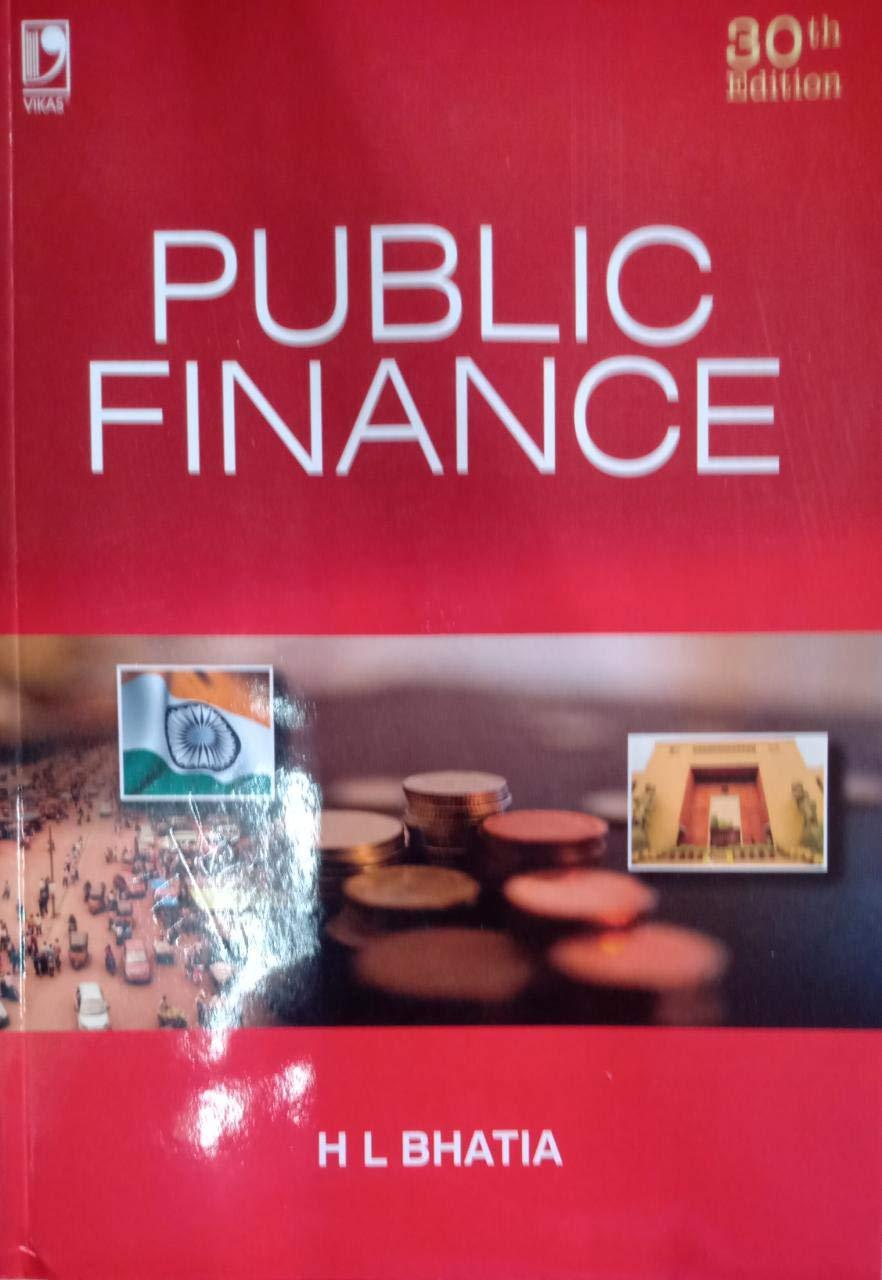Answered step by step
Verified Expert Solution
Question
1 Approved Answer
You need to withdraw money from an interest-bearing savings account A into a short-term, daily use cash account B, where B is much like a
You need to withdraw money from an interest-bearing savings account A into a short-term, daily use cash account B, where B is much like a petty cash account. You move money from A to B so that you can pay for various needs. Every time you withdrawal money from A and put it into B, you must pay a $10 service few no matter how much you withdraw. You must have enough in account B to meet any requirements for that day - you must pay on time. So for instance, if you move 6,000 into acount B on Day 1 so that you can meet payments of 4,000 today (Day 1) and 2,000 tomorrow (Day 2), then you will need to withdraw more on Day 3 to meet whatever requirements you might have. On Monday morning, you have $3000 in cash on hand in the daily use account. For the next seven days, the cash requirements are given and these must be met. At the beginning of each day, you must decide how much money (if any) to withdraw from the interest-bearing account into the daily cash account. It costs $10 to make a withdrawal of any size. You believe that the opportunity cost of having $1 of cash on hand for a year is $0.20. Assume that opportunity costs are incurred on each day's ending balance ($0.20/365). If you pull money from an account that pays interest when you don't need it that day, then you are forgoing the interest for that day - an opportunity cost. Determine how much money you should withdraw from the bank during each of the next seven days. Formulate the written model and develop the solver model in this spreadsheet, then solve using solver. Assume that the third period (Wednesday) requirement is not known for certain. It could be either 3000 or 9000. This won't be known until after Tuesday's transaction has been made. Therefore the withdrawal schedule can be changed for Wednesday through Sunday, after Tuesday, and upon learning the real demand for Wednesday. The primary question is what is the "best decision" in period 1 - what should the withdrawal be on Monday? And what kind of errors are involved with making the wrong assumption about the demand for cash on Wednesday. If you make the wrong decision, how much could this "mistake" cost you? This is not simply a question of running an optimization of the two situations. Determine the best withdrawal schedule - which can include a change in the original plan. Determine also the percent error of making a decision based on one of the two possible options for Wednesday's demand. Hint: Notice that the objective function value is different for the two scenario optimal solutions, so determining the error is based on the two scenarios
Step by Step Solution
There are 3 Steps involved in it
Step: 1

Get Instant Access to Expert-Tailored Solutions
See step-by-step solutions with expert insights and AI powered tools for academic success
Step: 2

Step: 3

Ace Your Homework with AI
Get the answers you need in no time with our AI-driven, step-by-step assistance
Get Started


